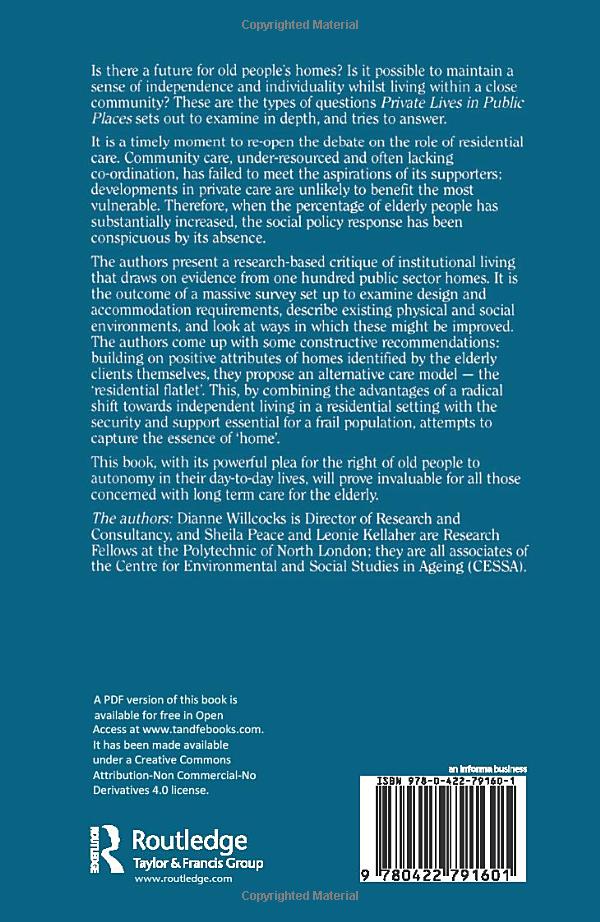Understanding the Benefits and Risks of a Piggyback Home Loan: A Comprehensive Guide for Homebuyers
#### Piggyback Home LoanA piggyback home loan is a financing strategy that allows homebuyers to take out two mortgages simultaneously to avoid private mortg……
#### Piggyback Home Loan
A piggyback home loan is a financing strategy that allows homebuyers to take out two mortgages simultaneously to avoid private mortgage insurance (PMI) and reduce their overall borrowing costs. This approach typically involves a primary mortgage covering 80% of the home's purchase price, while a secondary loan, often referred to as a "piggyback" loan, covers the remaining 10-15%. This arrangement can be particularly advantageous for buyers who may not have a large down payment but want to avoid the additional expense of PMI.
#### Advantages of a Piggyback Home Loan
One of the primary benefits of a piggyback home loan is the potential savings on PMI. Private mortgage insurance is usually required when a borrower puts down less than 20% of the home's value. By structuring the financing with a piggyback loan, buyers can effectively circumvent this requirement, leading to significant savings over time.
Additionally, piggyback loans can provide flexibility in terms of loan structure. Buyers can tailor their financing to meet their specific needs, allowing them to take advantage of favorable interest rates or terms. For instance, the second mortgage may have a different interest rate or repayment schedule, which can be beneficial depending on the buyer's financial situation.
.jpg)
Another advantage is that a piggyback loan can help buyers secure a home in a competitive market. With rising home prices, many buyers find it challenging to save for a 20% down payment. A piggyback home loan allows them to purchase a home sooner, rather than waiting to save up a larger down payment.
#### Disadvantages of a Piggyback Home Loan
Despite the benefits, there are also risks associated with piggyback home loans. One of the main concerns is the potential for higher interest rates on the second mortgage. While the primary mortgage may have a competitive rate, the piggyback loan could come with a higher rate, which can increase the overall cost of borrowing.
Moreover, managing two loans can be more complex than handling a single mortgage. Buyers must be diligent about making payments on both loans to avoid default, which can lead to foreclosure. Additionally, if the value of the home declines, homeowners may find themselves in a situation where they owe more than the house is worth, complicating future refinancing or selling efforts.

#### Who Should Consider a Piggyback Home Loan?
Piggyback home loans can be a suitable option for various types of homebuyers. First-time buyers who struggle to save a significant down payment might find this financing strategy appealing. Additionally, individuals looking to purchase a home in a desirable area where prices are rising may benefit from the ability to secure a mortgage with a smaller upfront investment.
However, it's essential for potential borrowers to evaluate their financial situation carefully. Those with stable incomes and a solid credit history may find that a piggyback loan is a viable option. Conversely, buyers with uncertain job stability or poor credit may want to explore other financing options or work on improving their financial health before pursuing a piggyback loan.
#### Conclusion

In conclusion, a piggyback home loan can be an effective strategy for homebuyers looking to minimize costs and secure a home without a large down payment. While there are advantages such as avoiding PMI and increasing purchasing power, potential borrowers must also be aware of the associated risks and complexities. By understanding both the benefits and drawbacks, homebuyers can make informed decisions that align with their financial goals and circumstances. Always consult with a financial advisor or mortgage professional to explore the best options available in your specific situation.